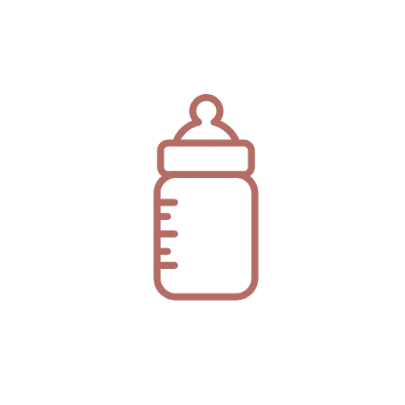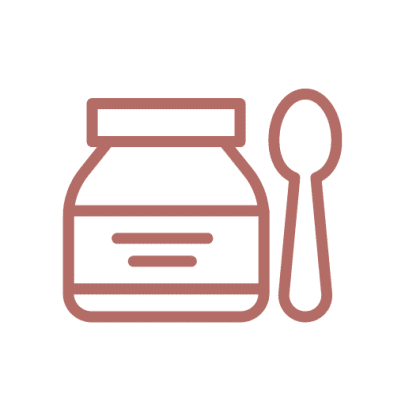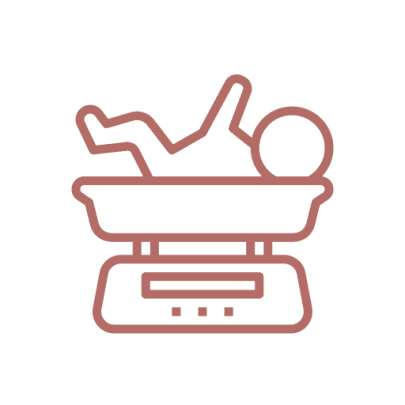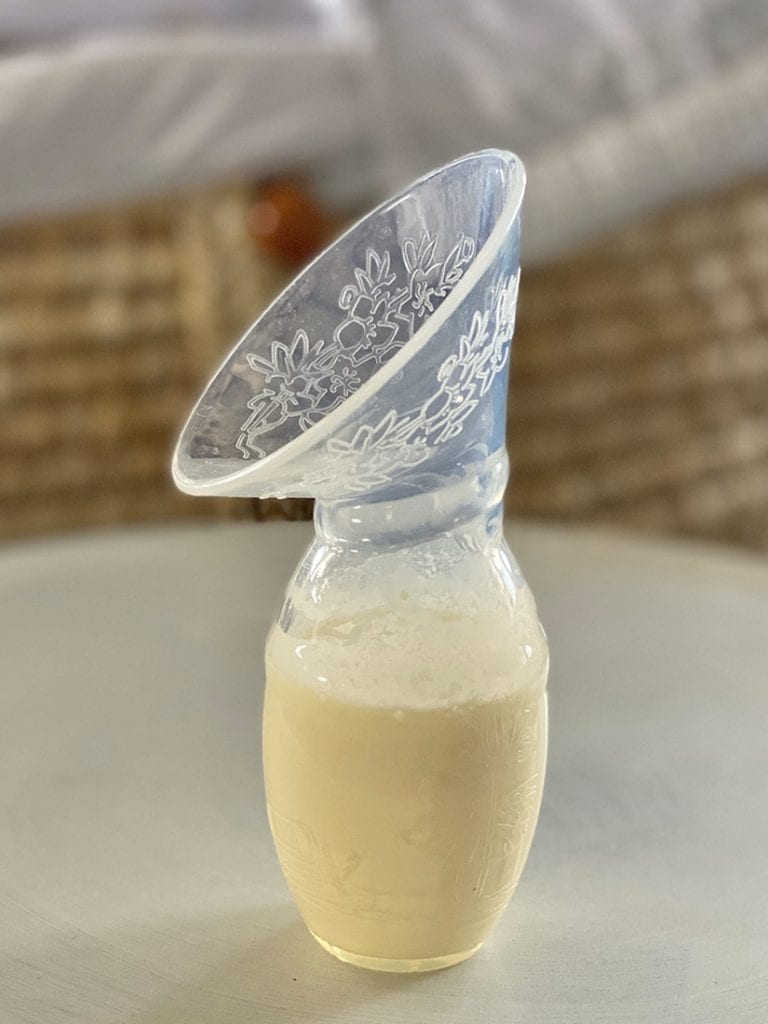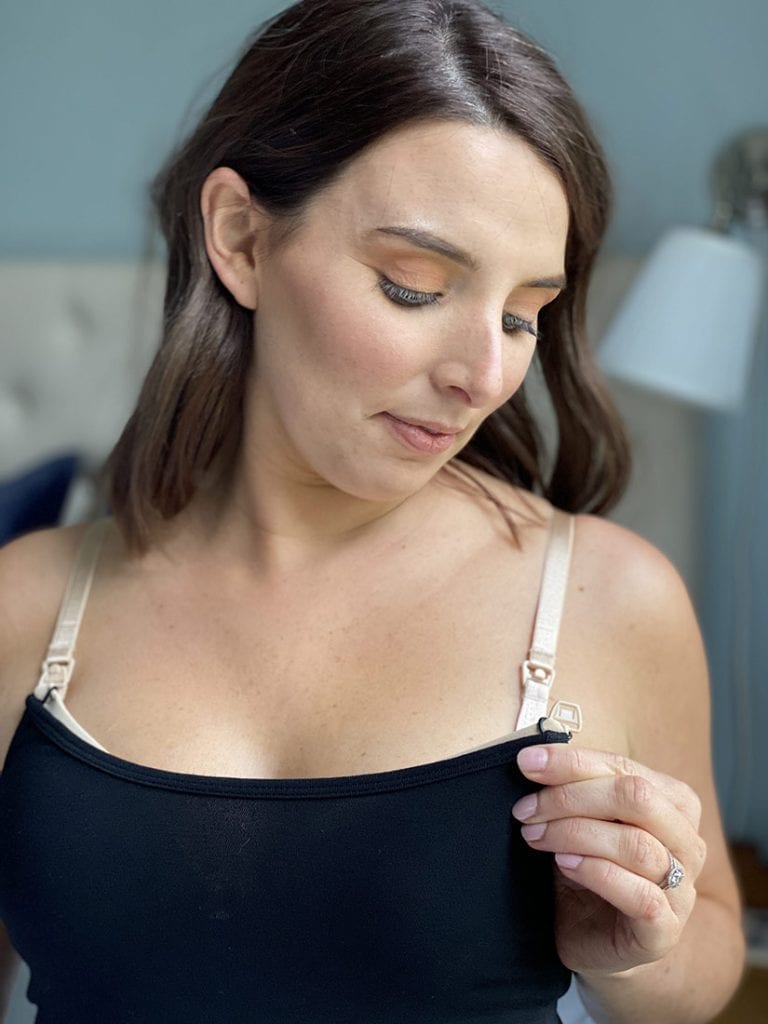“I feel like I’m always breastfeeding my 3 week old, I’m offering my boob all the time and he still seems to be fussing. Is he still hungry? How do i know how much milk he drinks or if he is full? How often should be be feeding?”
That’s such a common question that we get asked by new mums. YES, it is hard to know if baby is getting enough milk when you are breastfeeding – its not like you have a bottle gauge to view the quantity! You’re learning all about being a mum and how to follow your baby’s cues.
It is normal for newborns to loose weight in the first few days following birth, but most babies gain weight to go back up to their original birth weight after the first 2 weeks. After that, babies usually gain around 100 grams to 200 grams a week, for the first few months. In the first weeks after birth, most babies will need to have around eight + breast feeds in a 24 hour period.
Breastfeeding times might not be evenly spaced throughout the day. It is very common for babies to have cluster feeds in the evening, and this often referred to as the ‘witching hour’ – though the length of one hour is not relevant! Be prepared to for cluster feeds to happen anytime from 4pm to 9pm, where you’re feeding baby what seems to be on a constant cycle.
Initially, newborn babies will have around six wet nappies per day, and around 1-2 bowel motions a day, until they get to around 6 weeks of age. This shows that baby is getting plenty of breast milk. After then the number of nappy changes will decrease a little. If baby gets a good feed of breast milk, then baby will sleep well and feed well, and eventually the number of times that you have to feed baby during the day/night will drop back and you will get into a routine.
A baby who is wetting nappies frequently, gaining weight, and thriving is getting enough milk.
By 8 or 9 weeks of age, a baby will start going longer between feeding times.
By 12 weeks of age, baby will probably be in a pattern of around six breastfeeds during a 24 hour period. Though this number will be different depending on the size of your baby etc.
But if you are not sure – you should seek advice from your midwife, plunket nurse, doctor or medical professional.
As an indication only, and based on information specified on a baby formula tin, this is the volume of milk and number of feeds per day that they recommend. Though bare in mind that breast milk will satisfy your baby better, with less volume than formula.
This is a guide, your baby may need more or less than this. Follow your baby’s hunger cues. |
You’re doing a really good mama – give yourself a big pat on the back!
– You may also like –
|
|
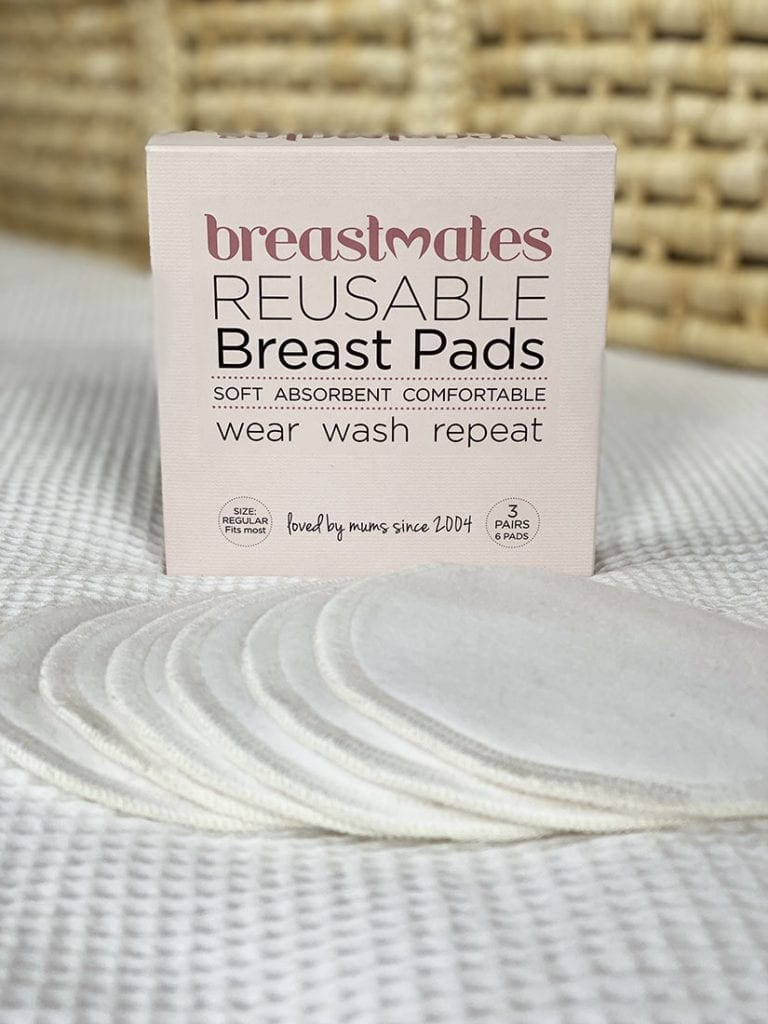 |


